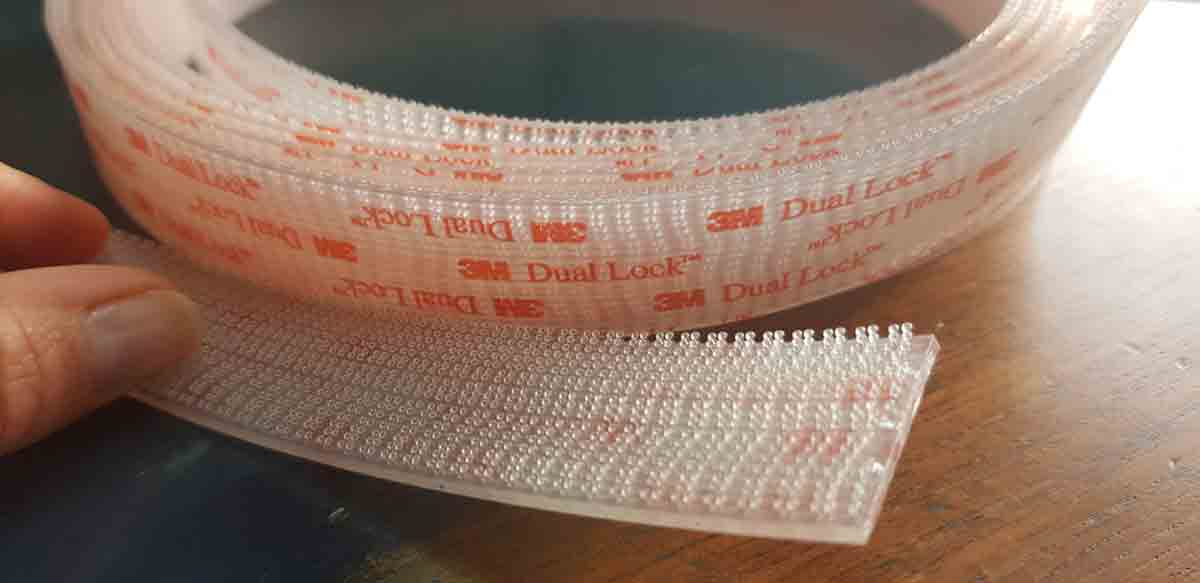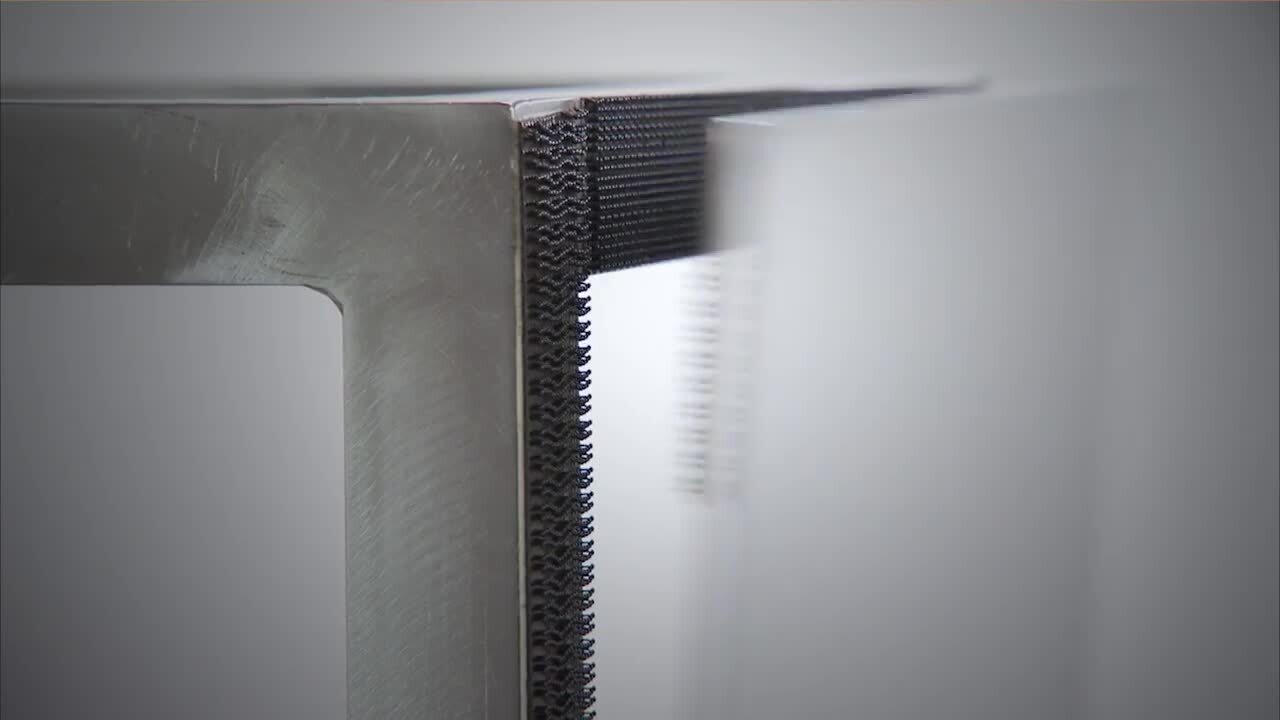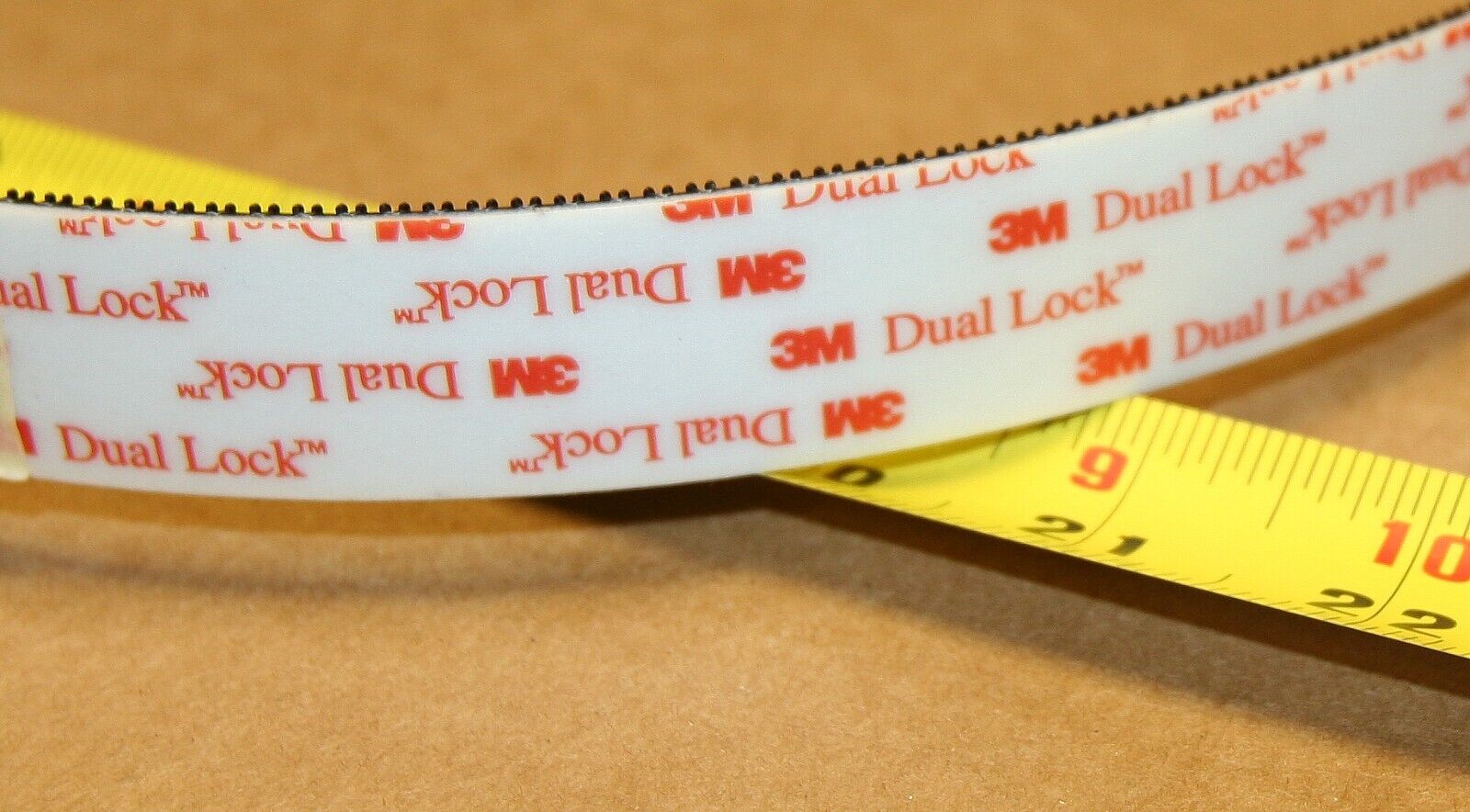If you’ve ever had to repetitively fasten down items like solar panels or boat fittings, then you’ve probably wondered if any type of polymer-based fastening system was available with the reliability of a thread-type fastener, but the convenience of a hook-and-loop styled fastener.

Polypropylene is a tough, non-conductive material that’s already been in use for decades in the manufacture of thread-type fasteners. And when its durable properties are paired with the quick engage/disengage characteristics of a reclosable-type fastener, the outcome is a one-of-a-kind fastening system with unlimited industrial and consumer potential.
That’s precisely the kind of product that 3M visualized when it developed its patented dual locking tape system. They’ve successfully infused strength and convenience into a touch-type style fastener; and if you’re looking for a fastening system that can render screws and rivets obsolete in many instances, it’s a product that’s well worth taking a look at.
The Basics Behind Dual Locking Systems
3M’s innovative dual lock fastening system is comprised of a continuous roll of single-sided, mushroom-shaped stems that interlock when they’re pressed together. Instead of relying on the hook-and-loop method that’s ordinarily used with industrial-grade interlocking systems, the dual locking system is designed around using similarly-faced strips that slide past each other to achieve a positive lock. The result, however, is a reclosable bonding material that can be engaged and disengaged thousands of times without losing any of its tensile strength, and will remain engaged until you’re ready to disengage it.
With its polymer-based composition and acrylic adhesive backing, the 3M dual lock is temperature, moisture and UV resistant, and is suitable for either indoor or outdoor use. Its dual lock’s reclosable properties, however, make it ideal for fastening down items that are frequently attached and detached. This would typically include components such as:

- Portable solar panels;
- Ute, boat, or RV accessories and fittings;
- Quick release openings and access covers;
- Electronic equipment; and,
- Signs and displays.
The dual locking system is a simple, non-mechanical way to fasten almost any kind of rigid or semi-rigid item, but it still does more than that. Dual locking tape offers a host of secondary benefits that can get to the real point of why you needed to secure the items in the first place.
More Dual Lock Benefits
Although dual lock fasteners are designed to make the most beneficial bond, what matters most is the material surety that the bond is supposed to achieve. That’s where dual lock steps up to:
- Eliminate unwanted vibration or contact between mating surfaces;
- Ensure proper alignment and positioning between mated items; and,
- Maintain a dust-free / environmentally isolated seal between mated items.
In short, if the items you need mated are sensitive, delicate, or need protection from the elements, then the dual lock is going to be beneficial. You do need to be aware, however, that there are different densities of dual lock tape. The tape’s strength and stability are determined by its stem-head density, so you’ll want to understand the relationship between the densities before deciding which tape is going to be the right one for you.
Choosing the Right Dual Lock Tape
3M manufactures three types of dual locking tape that are identified by the density of their stem-heads per square inch.
- 170 stems per in² (approximately 26 stems per cm²)
- 250 stems per in² (approximately 39 stems per cm²)
- 400 stems per in² (approximately 62 stems per cm²)

By varying the mating tape densities, you’re able to manage the engaged and disengaging tensile strength of the attachment. You want to remember too that increasing the number of tape strips will also vary the footprint of the attachment area, and this will dramatically increase the strength of the attachment.
- Mating 170 with 250. This attachment has an engaged tensile strength of 13 lbs/in² and requires 27 lbs/in² to disengage.
- Mating 170 with 400. This attachment has an engaged tensile strength of 21 lbs/in² and requires 43 lbs/in² to disengage.
- Mating 250 with 250. This attachment has an engaged tensile strength of 22 lbs/in² and also requires 43 lbs/in² to disengage.
- Mating 250 with 400. This attachment has an engaged tensile strength of 31 lbs/in² and requires 60 lbs/in² to disengage.
Ultimately, if you find yourself limited to buying only one type of 3M dual lock tape, you’ll want to buy 250. That’s because mating 250 with 250 is regarded as having the optimal range of tensile strength for most applications when used in single strips.
When mating 170 with 170, there’s too much space between the stems to create a sufficient bond; and matting 400 with 400, even when possible because of the extreme density, would create a bond that’s too strong to disengage without damaging the attached substrate or cutting the stems.
The best attachments though don’t provide either too much. or too little adhesion. They’re the ones that provide a sufficient amount of bonding to hold the item securely; and fortunately, dual locking tape gives you the opportunity to make attachments that are as strong as you need them.

The Conclusion
At the end of the day, there are times when a conventional fastener – or even a combination of conventional fasteners – can’t reliably help you get the job done. Those are the times when you need a single fastener that’s non-destructive, adjustable, and reusable.
A dual lock fastener has all these properties, and it only takes minutes to put to use. It’s the optimal solution for all your fastener needs, and you’ll be amazed by how effective it is.


















